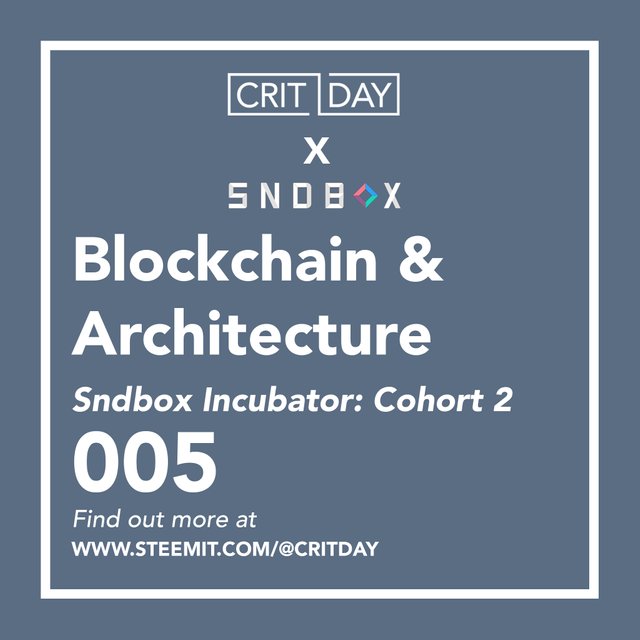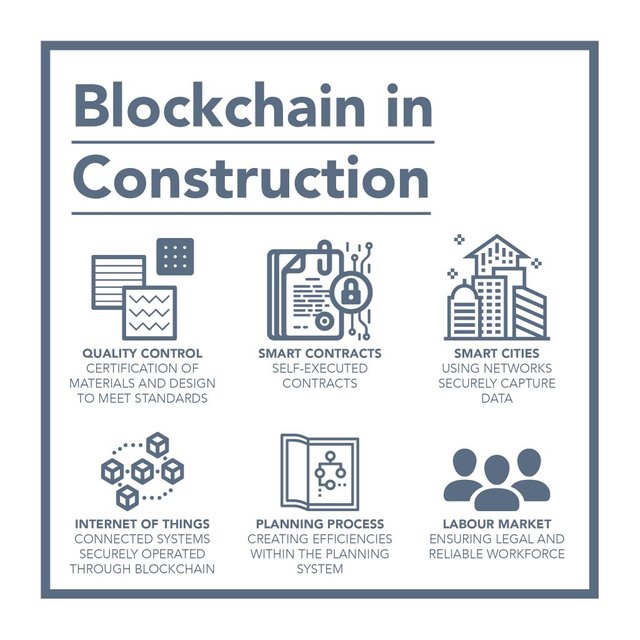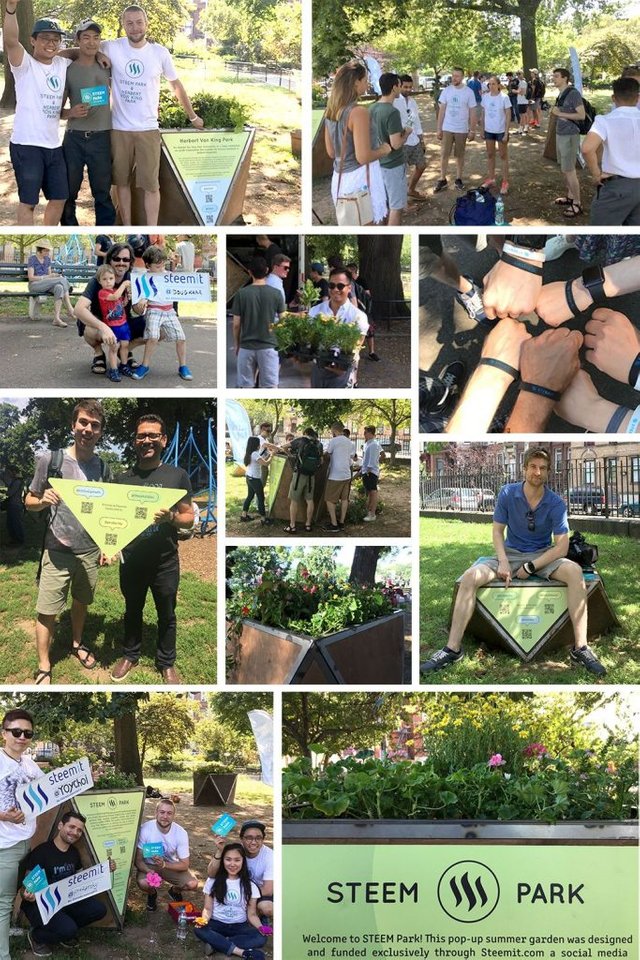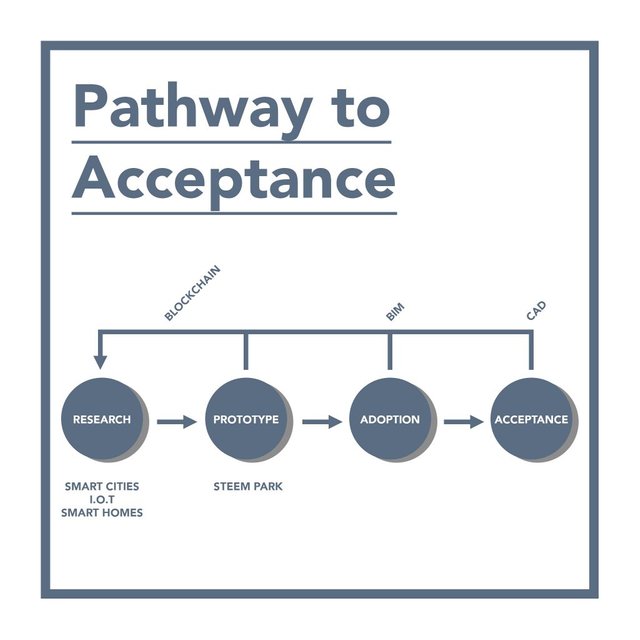Blockchain and Architecture – Sndbox Incubator Cohort 2 005

Blockchain and Architecture
So, you want to learn more about the impact blockchain technology could have on architecture. You go to your preferred search engine, enter “blockchain architecture” and the search brings back; “how blockchain architecture works”, “blockchain reference architecture” or perhaps “a non-architects guide to blockchain architecture”. Not quite what you were expecting.
Ok, let’s try something different... Next search, ”blockchain built environment” or ”blockchain construction industry”. This search results in the type of articles you were looking for. There are large organisations starting to consider the potential effects blockchain technology could have on the built environment, our cities and citizens, with two examples being the BRE and ARUP. The BRE (Building Research Establishment) is a UK based organisation who seek innovation and high quality within the built environment. The BRE has published a Feasibility and Opportunity Assessment (https://bregroup.com/wp-content/uploads/2018/02/99330-BRE-Briefing-Paper-blockchain-A4-20pp-WEB.pdf) of blockchain technology and its application within the built environment. The report features a benefits and disadvantages table, where uses for blockchain have been identified and analysed. The report concluded blockchain is currently in the early stages of development, but there are many potential uses once this development has progressed further. ARUP are a global consultancy organisation specialising in the built environment. They play an active role in the development of cities through engineering and architectural services, they also undertake research and innovation into the enhancement of existing and new technologies. In 2017 several members of ARUP completed a piece of research into blockchain technology and the built environment (https://www.arup.com/perspectives/publications/research/section/blockchain-technology). With similar conclusions to the BRE, ARUP have also acknowledged the many uses for blockchain, but since the completion of this report there does not appear to be any further research (at least on their ARUP foresight website). Both reports suggest several uses for blockchain within the construction industry:
Quality Control - certification of materials and design to meet standards
Smart Contracts - self-executed contracts
Smart Cities - using networks securely capture data to drive efficiencies and inform design
Internet of Things - connected systems which can be securely operated through blockchain
Planning Process - using the blockchain to create efficiencies within the planning system including consultations
Labour Market - ensuring legal and reliable workforce
Potential uses of Blockchain Technology in Construction
But what about Design?
Smart cities, smart contracts, control of labour on site are all great uses for blockchain within the construction industry, but what about the potential effects on architects and the design process? There is little research to demonstrate this, but one of the most notable examples is Steem Park. Dubbed as the park blockchain built, it was funded 100% from cryptocurrency via Steemit.com. The concept was created by Kirk Finkel and Michael Lee founders of Sndbox (https://steemit.com/@sndbox) in 2017.

Steem Park - @sndbox (https://steemit.com/@sndbox)
The project is located in the Herbert von King Park, Brooklyn and took form from kit of parts. Each part could be sponsored by Steem users, giving a digital-based currency a real-life value. Securing over $10,000 of funding through cryptocurrency crowdfunding, Steem Park is an excellent example of how intervention style projects can be delivered without the need for donors, investors or funding bodies. This funding route opens up opportunities for self initiated projects, which previously may not have been achievable.
Pathway to Acceptance
The introduction of new technology into an established industry such as architecture and construction does not happen instantly. Although large organisations are beginning to consider the use of blockchain with the built environment the technology is too new, undeveloped and raw for real applications to be implemented. This pattern can be seen time and time again, from the movement off the drawing board onto CAD and more recently from CAD to BIM packages, it seems things in the construction industry don’t happen quickly!
So how do we get around this? Start-ups and smaller practices, need to push forward the development of blockchain in architecture. This is a precedent that has been set in the tech industry over the last 10 to 15 years, start-ups have the ability to bring radical change. Take the likes of Uber and AirB&B, who have disrupted the norms of the taxi and hotel industries respectively. As more groups like Sndbox test the potential of blockchain in architecture the greater the uptake will be.
The diagram below illustrates my thoughts on this process. In order to achieve full acceptance to the point where the use of blockchain is considered standard (like the introduction of CAD software) we need to pass through various stages. It begins with increasing knowledge, gathering research from other industries and precedents. This knowledge can then be applied through prototypes, with the findings fed-back in to the process. Gradually the technology will be adopted, the stage the industry is with BIM. After this the uptake will increase until it becomes an industry norm.

Process Diagram Ver1.0 - @CritDay
Conclusions
It is evident the architectural industry is just beginning to think of the potential uses for blockchain. The introduction of blockchain into the design process could open new opportunities to fund projects and undertake community based interventions. The introduction into the wider construction industry could bring new efficiencies and increased quality. There is still a considerable amount of testing and development needed before mainstream adoption and acceptance of the technology. Following the path of CAD and BIM, blockchain technology could be the latest and potentially most groundbreaking introduction to our profession. Watch this space.
Resources
More on the Steem Park Project - https://thecreativecrypto.com/steem-park-the-park-that-blockchain-built/
Do you have an interest in architecture? Let’s start a conversation. Get in touch below.
Busy (find out more)
Posted from my blog with SteemPress : http://critday.com/2018/08/22/blockchain-and-architecture/
This has me thinking of circular economy, and how the blockchain could be incorporated in the process. I hadn't thought of the blockchain and architecture, but it makes perfect sense. I will be forwarding your post to my colleagues to hear their thoughts. Great work forging new ground!
Thank you for your comment @yvesoler.
I think blockchain has the potential to be incorporated into many sectors to help drive efficiencies and reduce waste. I'd like to hear more on your thoughts regarding the circular economy.
Let me know what they think.
Will keep you posted...
100%. We need more precedents that boil down blockchain complexity into simple, impactful, resonating results that push across multiple disciplines.
This space is going to be incredibly transformative for the built world. Not just in the way of smarter cities or more collaborative infrastructure, but more simply the premise of how and who we can communicate with.
I know we both agree that architecture needs to be more outward-facing. Blockchain could be the incentive framework we need to make that leap.
Somewhat related to the premise of city fabric... Here's an article we wrote about Park networks and the potential future of SMTs...
Great article, the concept you discuss about bringing steem/crypto/blockchain out of the online world and into "real-life" is very valid.
When reading the article the term governance came to mind. My findings are community based or bottom up initiatives can often fail due to governance and internal politics. Perhaps blockchain could address this? Something to consider further...
Your comment couldn't be more spot on @sndbox!
There is definitely potential for blockchain to support the larger smart city and infrastructure scale concepts, but I think we are on the same page regarding our primary interests. How can it impact the communities within the cities? How does blockchain feed into the schools of architecture? Precedents are the way forward.